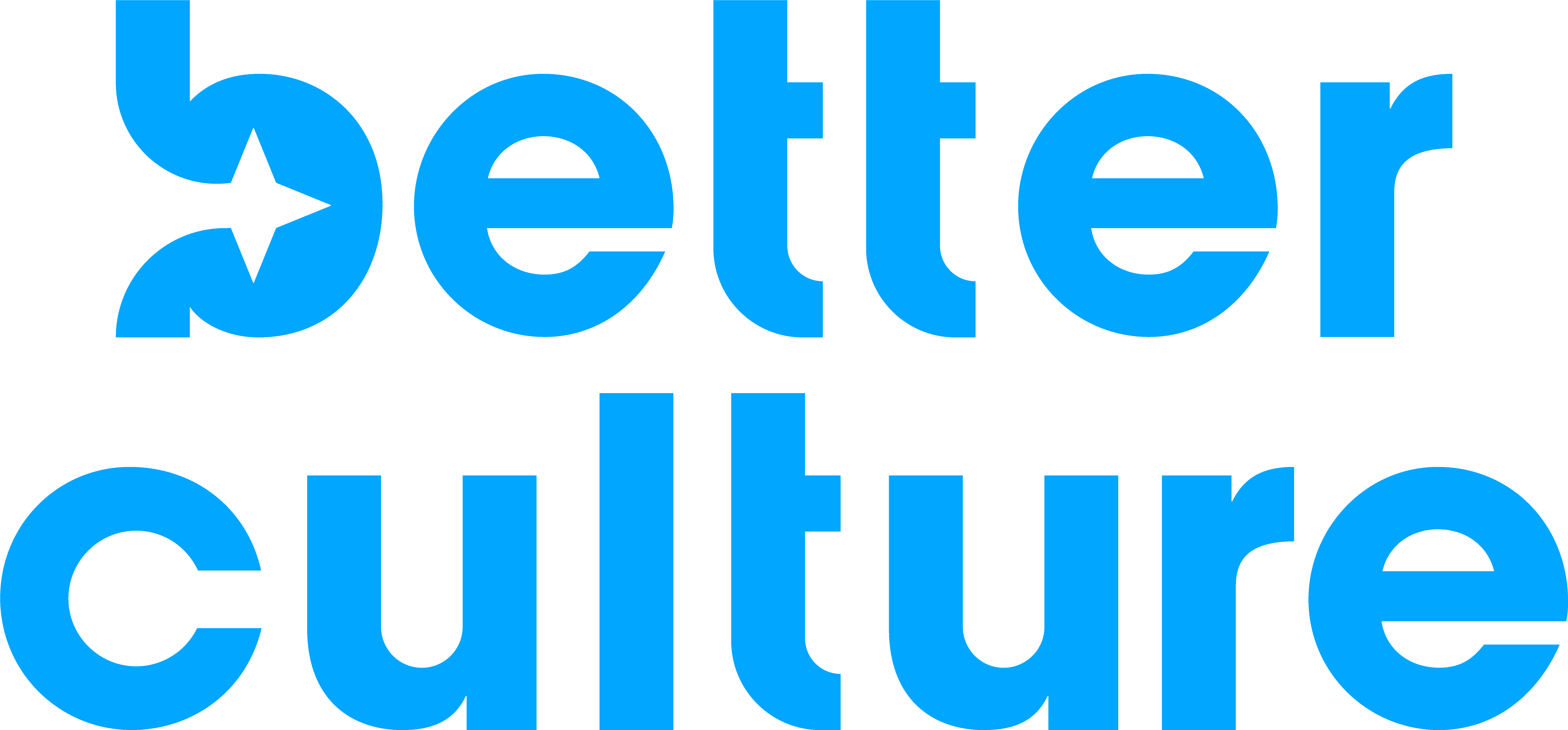Ideas with the potential to change an established way of thinking are few and far between. But when they come, they arrive with a bang!
In our decade plus of work at BetterCulture helping clients develop leaders and build stronger workplace cultures, we’ve delivered hundreds of speeches, trained thousands of leaders, published hundreds of articles, consulted with dozens of organizations – all with the same message. Company culture is envisioned and created from the “top-down.” Culture is a function and responsibility of leadership, and specifically executive leadership.
We weren’t wrong; but we weren’t completely right. Our message was incomplete.
It’s still true that to create and maintain exceptional workplace culture, senior level leadership must embrace and advance a clear vision for that culture.
But increasingly we have come to stress that company culture can (and should) come from the bottom-up too. We’ve proved it. And we can now teach any organization exactly how to do it.
The Traditional View of Culture Shaping
The idea of shaping workplace culture through a top-down and bottom-up approach is not a new one. But historically, the “top-down” part of culture building has been easy for organizations and consultants to wrap their hands (and heads) around. Executives take a 2-day offsite, create or clarify their vision and values, ensure that all align around that vision, set action plans, check-in occasionally to stay on track, monitor progress, etc.
It is the bottom-up part of the culture shaping playbook that has proven much harder to implement – for executive teams and consultants alike. That’s because communicating, discussing, and reinforcing concepts at the front-line employee level is often logistically impractical, if not impossible, for most organizations.
Some of the best management consulting firms in the world will tell you (if you catch them in a candid moment) that even multi-million-dollar, multi-year culture shaping initiatives have a diminishing impact at each level as you push the initiative down through an organization.
It’s simply challenging – both from a time and a communication perspective – to take what starts as a clear vision at the executive level…and to propel that vision down through the organization, layer after layer, without a significant degradation of the essentials of the initial vision. If you’ve ever played the children’s game “telephone” you should have a pretty clear picture of how this information loss happens.
A Modern Approach to Culture Shaping
So, what’s the solution?
Implement a bottom-up process that doesn’t rely on manpower. Let a software-based solution create a cadence, consistency, and communication that doesn’t degrade layer by layer.
Implement a clear, robust, impactful culture shaping process that originates from the bottom-up with every individual employee.
Share teachings that foster specific behaviors that will lead to increased personal success for employees, improved team health, and a stronger company culture.
BetterCulture has created this revolutionary bottom-up culture shaping product. We call it 20 Tenets of Culture.
Introducing the 20 Tenets of Culture
As both Robert Cialdini and John Maxwell are fond of saying, leadership is influence. Every employee in every organization has the potential to influence their colleagues and to influence the culture. We just need to harness that potential.
But what does leadership or influence look like at the front-line employee level? We’ve spent two years researching this question, and we have found a set of core behaviors that, when learned and embraced, deliver a major 3-in-1 benefit. These behaviors, that we have termed the 20 Tenets, will:
- Enhance the personal and professional success of individual employees
- Improve team chemistry, trust, and effectiveness, and
- Strengthen company culture from the bottom-up
So, what are these magical behaviors? Join us for a thought experiment and we’ll explain.
Imagine if your team at work could say they consistently displayed the following behaviors:
- Coachable. Graciously accept, appreciate, and even seek out feedback from others.
- Assume Positive Intent. Grant colleagues the benefit of the doubt.
- Upbeat. Be positive, energetic, and hopeful.
- No Gossip. Discourage discussion of interpersonal drama.
- Kind. Be thoughtful and passionate to coworkers.
- Own It & Fix It. Acknowledge when they make mistakes and repair any damage.
- Tolerance. Accept or even embrace diverse views or values.
- Laughing Matter. Spread joy and have fun.
Would you expect those individuals to be successful? Would you see them as contributing to positive team chemistry and a healthy workplace culture?
Well, those behaviors and 12 more are built into our 20 Tenets of Culture product (click here to download a one-pager of all 20 tenets).
We want to close by sharing the lessons taken from our 20 Tenets product that can be applied to any bottom-up culture shaping process.
Bottom-Up Culture Shaping Done Right
- highlight one value in each team meeting
- host a quarterly celebration to recognize role model employees, and
- regularly mention of values in discussions and internal communications

